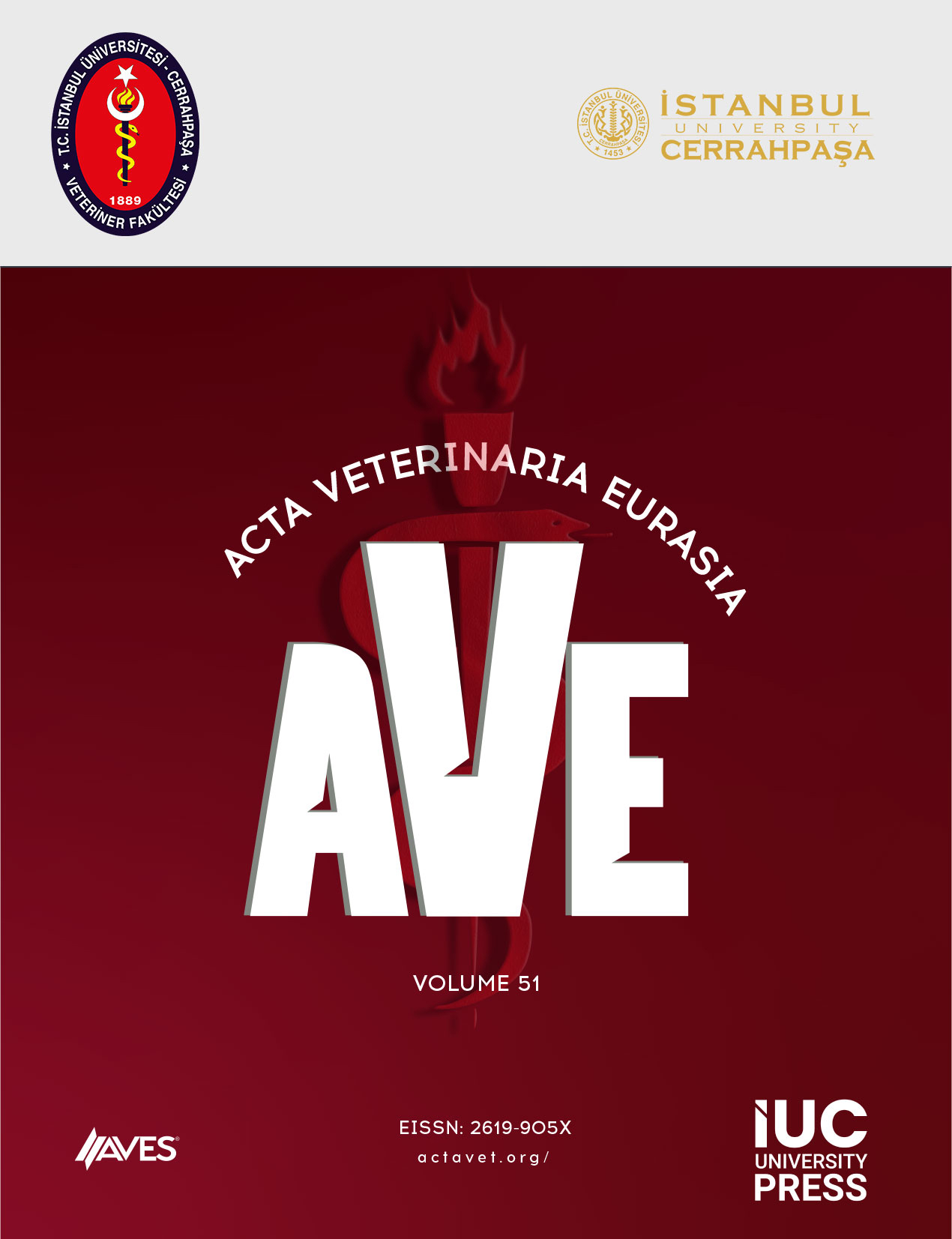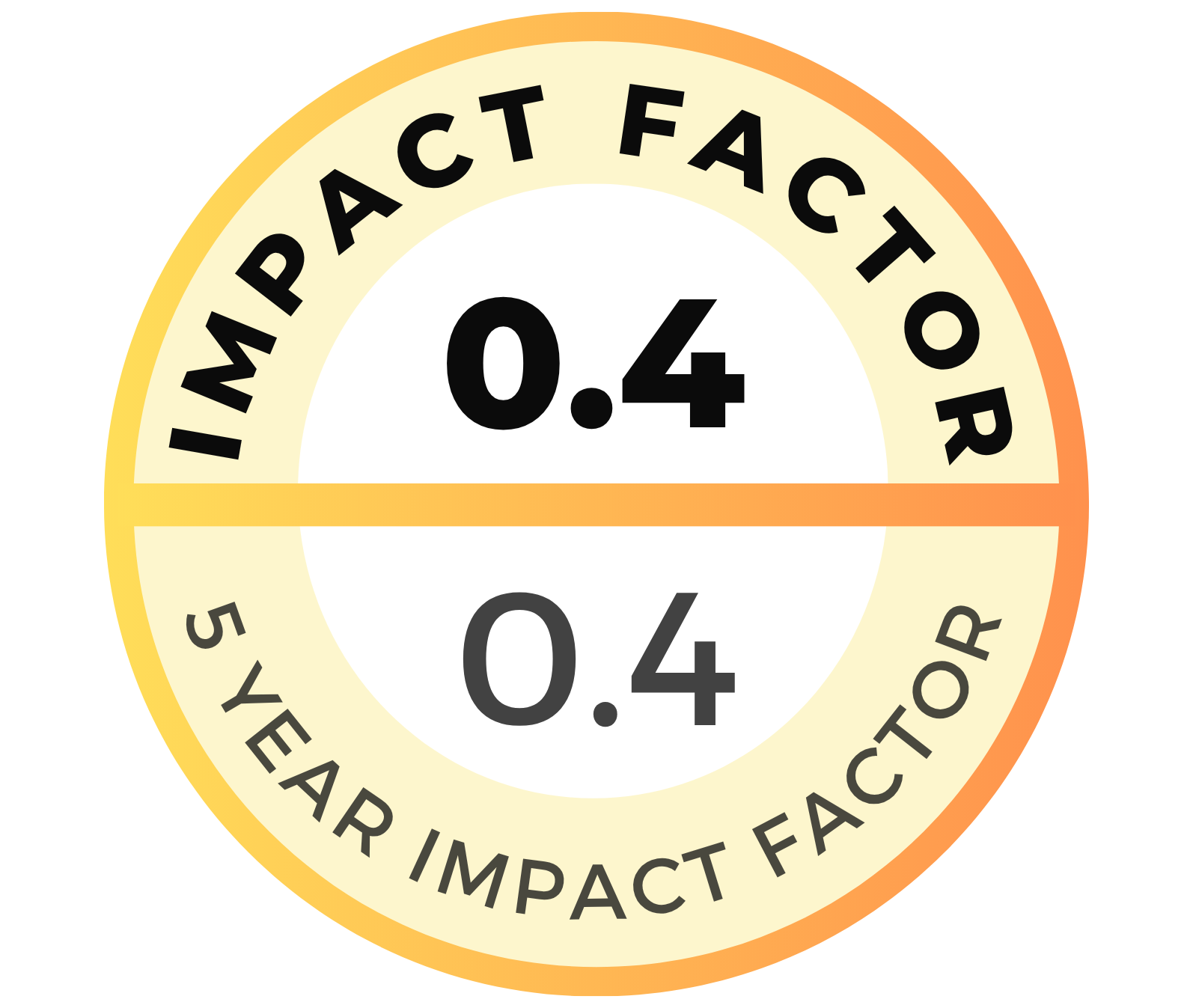Rodents and arthropod vectors play an important role in the transmission of infectious diseases of veterinary and medical importance, both biologically and mechanically. The present study was conducted to provide comprehensive information about the diversity of synanthropic rodents and arthropod vectors, along with risk factors associated with disease transmission. A total of 300 rodents of three species, viz. Rattus rattus (n = 201), Bandicota bengalensis (n = 90), and Mus musculus (n = 09) were live-trapped from residences/shops, poultry farms, and fish markets in winter, summer, and monsoon seasons in Ludhiana, Punjab, India. Overall, 58.00% of rats examined were found infested with four arthropod species, namely, Oriental rat flea, Xenopsylla cheopis (34.39%); sucking rat louse, Hoplopleura sp. (54.42%); spiny rat mite, Echinolaelaps echidninus (10.08%); and hard tick, Haemaphysalis sp. (1.10%). A significant effect of host species (ᵡ2 = 16.53, p = .0003) was found on the prevalence of arthropod vectors; however, season, study location, sex, and age of the host had no significant effect. The difference in the intensity of infestation of different arthropod vectors was significant (ᵡ2 = 47.07, p < .0001), with a relatively higher risk of infestation associated with fleas (31.50), followed by lice (17.33), mites (9.83), and ticks (1.00). All the arthropod vectors recovered in the present study can potentially transmit pathogens of zoonotic importance. The present study thus suggests the need for proper surveillance, rodent and vector control programs, and public awareness campaigns to mitigate the risk of zoonotic disease transmission from these sources.





.png)